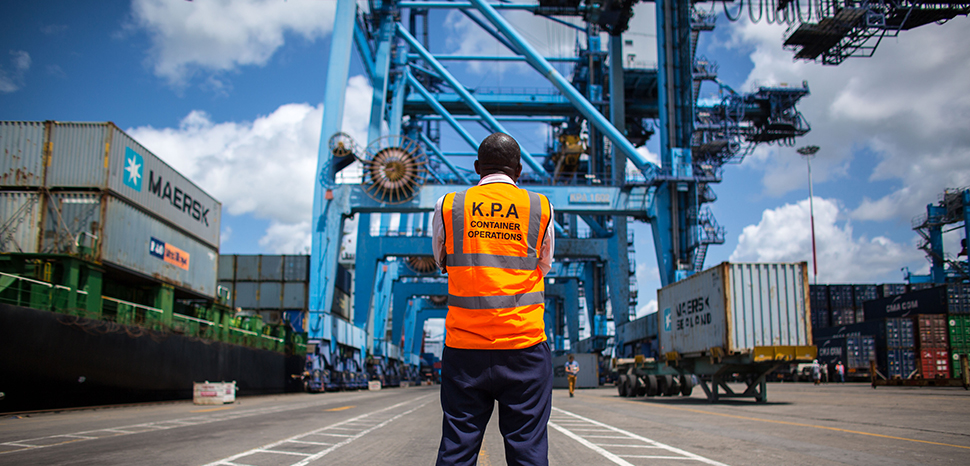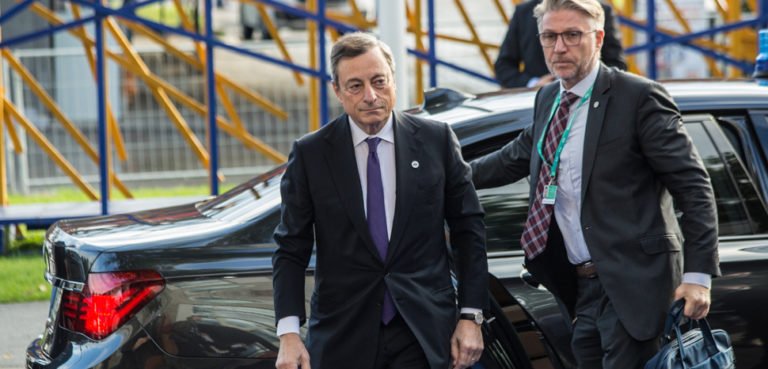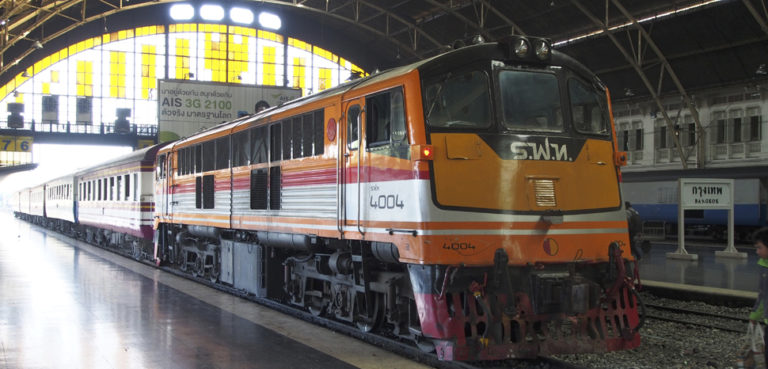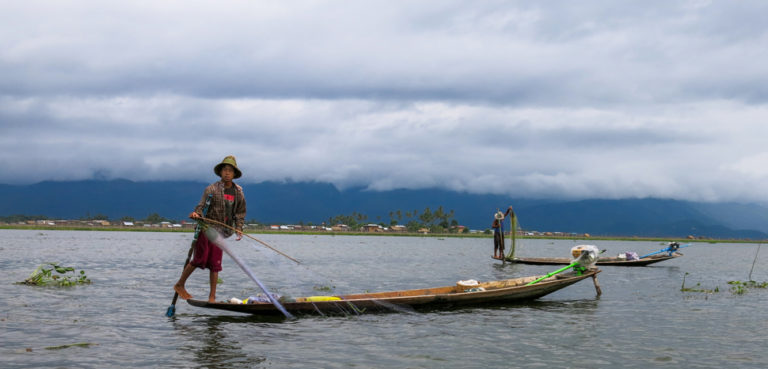The Belt and Road Initiative (BRI), launched in 2013 by China, represents an ambitious effort to enhance regional connectivity and foster economic development. This multinational infrastructure project spans several continents, with China as the primary financier. However, with the BRI approaching its tenth year, China’s foreign lending practices and bilateral debt negotiations are being closely scrutinized, influenced heavily by domestic industrial policies and the shift in its demographic structure.




